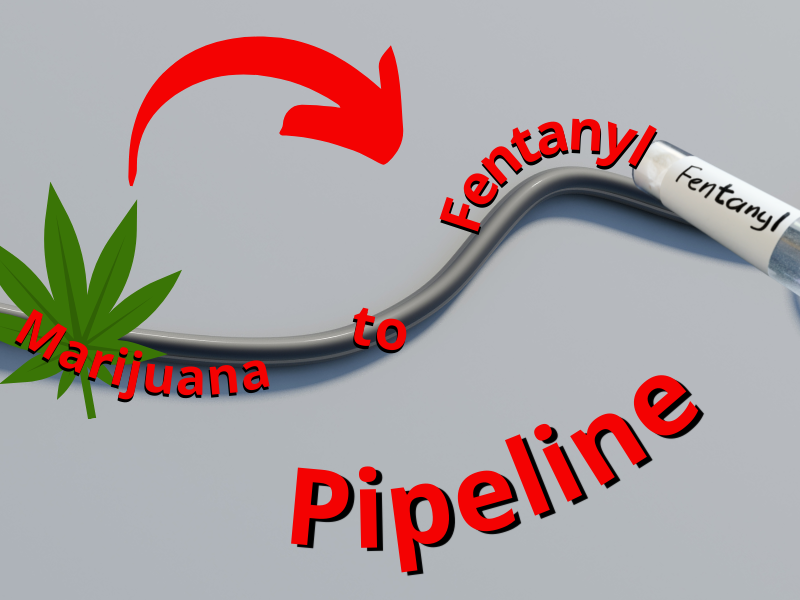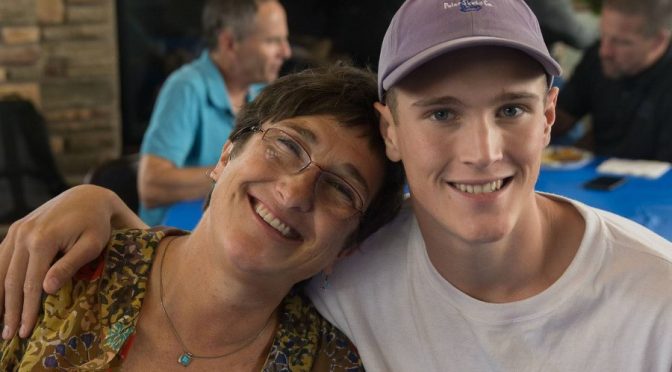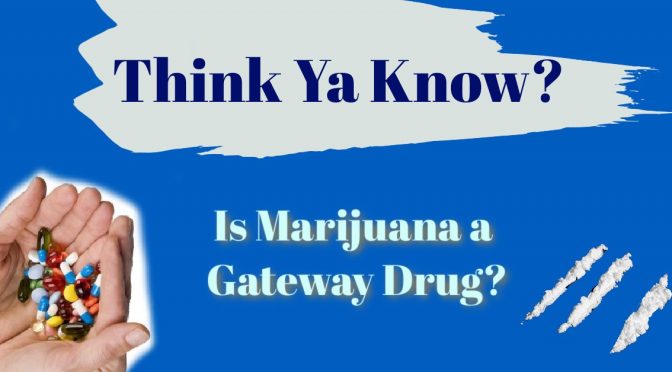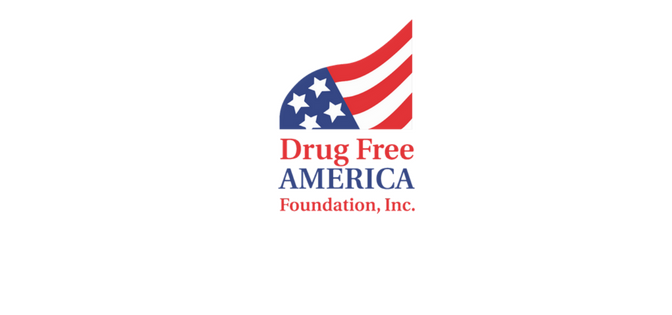On November 17, 2019, Michelle Leopold’s son Trevor died of an overdose after purchasing counterfeit pills laced with fentanyl. He was only 18. His drug use started a few years earlier, when he used marijuana as a freshman at Redwood High School in Marin County, CA. He graduated from Tamalpeis High School in 2019. (Trevor is shown with his mother Michelle at a residential treatment center in Utah, above photo)
The nation was shocked when television therapist Laura Berman’s son, Sammy Chapman, 16, died of a fentanyl overdose earlier this year. She and her husband knew he had been using marijuana and tried to stop him. All it took was a pill that he purchased on Snapchat.
The teens dying of overdoses in California are getting younger and younger —16, 15, 14, 13.
The number of overdose drug deaths this past year climbed past 100,000. Of these deaths, 75% were from synthetic opioids such as fentanyl. Initiation of marijuana use before age 18 is the predominant predictor of an opioid use disorder.
A revealing obituary in Illinois
An obituary of a young man from Illinois who died in October appeared in a local paper. Beloved to his family and friends, the tribute reads: “He was passionate about cannabis.”
The announcement said he was in recovery but died of heroin laced with fentanyl. Marijuana is often the “relapse drug” for those addicted to opioids, as well as the gateway. This webpage covers many explanations of how marijuana provides the gateway effect to other drugs.
Would he still be alive if his state had not joined the marijuana bandwagon last year? By legalizing pot, under the guise of social justice and tax money, Illinois may have sabotaged his recovery, as they did for this man. Pot use wires the brain for other pathways of drug and alcohol addiction.
People in the more experienced drug markets of California understand the marijuana to fentanyl pipeline, sometimes followed by death.
Tori Kropp’s son Xander also died of a fentanyl overdose: “18 months after he first smoked weed, he died of an accidental fentanyl overdose,” his mom said.

The Northern California epidemic
We learned about Tori through The Pitch, a newspaper put out by the advanced journalism students of Archie Williams High School in San Anselmo, California. Henry Pratt’s article, “Every parent’s worst nightmare”: fentanyl epidemic overtakes teens” won a national journalism award.
In the article, Kropp explains that “marijuana is a “gateway drug” to other illicit substances and that it is more dangerous for the developing teenage brain. According to Kropp, marijuana sold today has much stronger concentrations of Tetrahydrocannabinol (THC), the main component of marijuana that gives users a high. “
Pratt also interviewed Michelle Leopold for the article. Leopold explains that the cannabis industry’s anger at her comes from her truthful comments about marijuana as a “gateway drug” to other addictive substances. The industry, unable to admit the dangers of their products, blames her as a parent for her son’s addiction.
Pratt’s outstanding student article further explains what fentanyl is, how it’s infiltrating the world of students. COVID, the lockdown and social media have made the situation worse. Pratt explains how Narcan may be able to stop a fentanyl overdose. However, it’s not a long-term solution to the addiction and overdose epidemic. Primary drug prevention will take us much further.
Marijuana to Fentanyl pipeline in other states
Officials from Connecticut Overdose Response and the Department of Public Health put out a warning about the dangers of marijuana laced with fentanyl. The press release of November 18 explained 39 overdose cases since July 2021, in which patients required naloxone but claimed to have only used marijuana. Testing proved that the marijuana had been laced with fentanyl.
Two days ago Michigan Poison Control put out a press release warning of 8 such cases in Michigan since June. Since fentanyl-laced marijuana shows up in states with legalized marijuana, it’s clear that state “regulation” doesn’t take away these dangers.
Today COVID, the overdose epidemic and the marijuana-to-fentanyl pipeline converge for a very challenging period of time!





 The Australian Twins Study
The Australian Twins Study